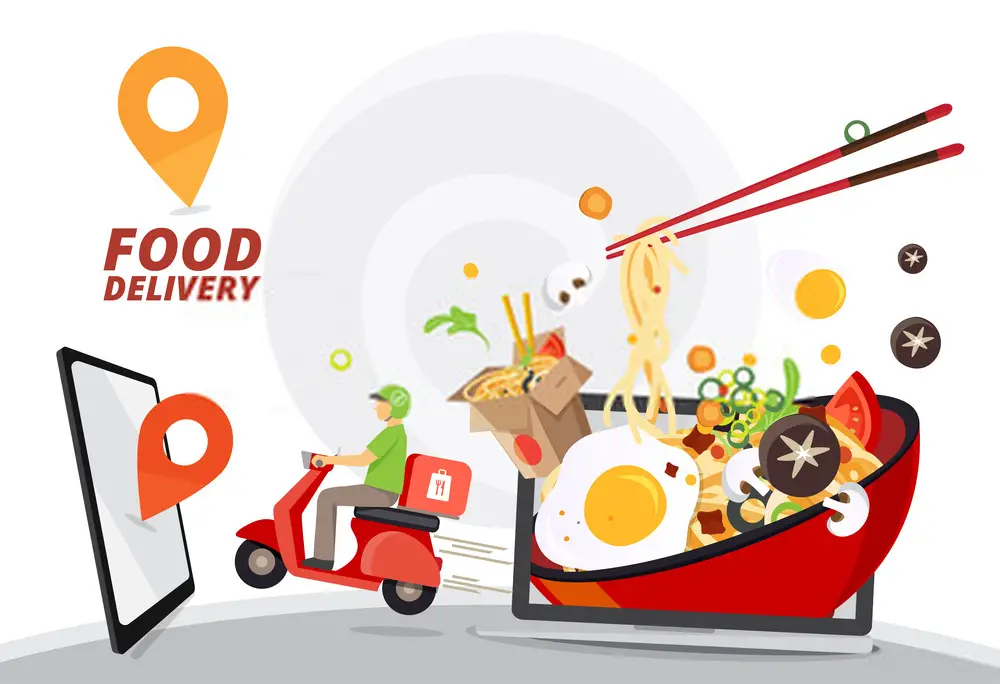According to Statista, the food delivery app sector is expected to reach a revenue rate of $29.2 billion by 2024. Most people order food through food delivery apps, as it offers a convenient and safe means of getting restaurant food amid the COVID-19 times. When it comes to food delivery apps, people often think of apps like Foodpanda, UberEats, Zomato, and so on. But the functioning is not defined to that, there are three main business models that belong to food ordering apps. The popular business model involved in food delivery app development are as follows:
Restaurant owned app
The application is owned by the restaurant and operates to offer restaurant food and beverages. Customers have to download the app to order from a particular restaurant, they are likely to prefer marketplace apps like Foodpanda as they can order from multiple restaurants. On the other hand, restaurants can entirely manage their business through the apps.
Aggregator owned app
Third-party applications act as a marketplace for restaurants to manage their business. For each order, the restaurants get they have to pay to the app and a subscription fee to get the products listed in the application. Swiggy, Zomato, Foodpanda are some of the popular applications belonging to this category.
Hybrid app
Restaurants can run their food delivery apps and utilize the assistance of third party services for packaging and delivery. Thereby they do need to worry about packaging and delivery of goods.
Stakeholders involved in the food delivery app development business
Customers: They are crucial entities of the food delivery business. Customers can order food from their favorite restaurants through the app.
Restaurants: By partnering with food delivery businesses they can reach out to an extended customer base.
Aggregator: It acts as mediators connecting customers with restaurants. There is basically the admin who runs the food delivery app. In the case of restaurant-owned apps, there are no aggregators or admins.
Delivery agent: They are responsible for fulfilling customer orders as they deliver orders from restaurants to customers.
Make sure your Foodpanda like app development includes features favoring all stakeholders.






